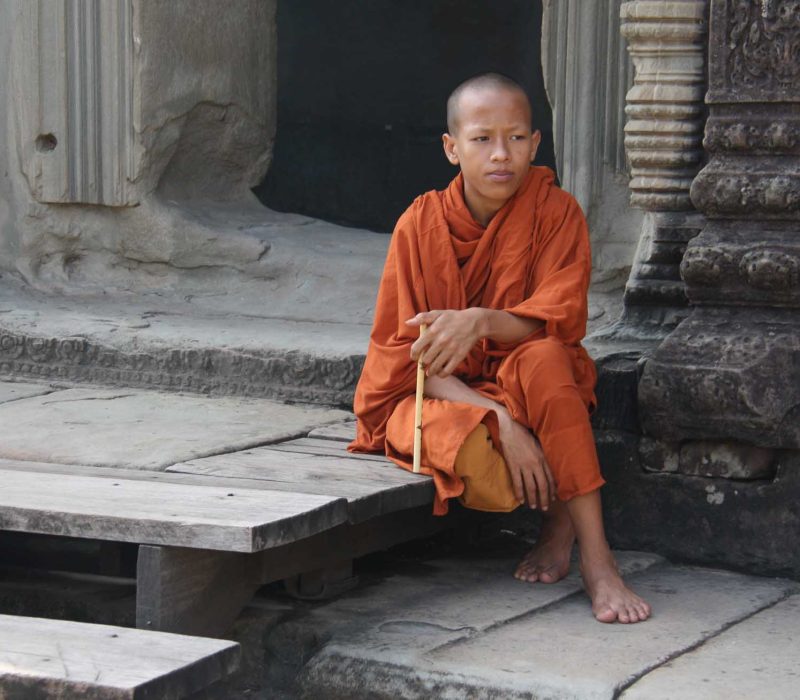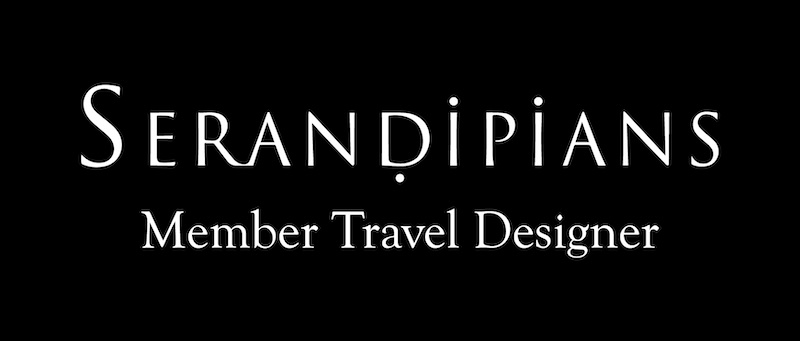Jerome and I love the handholding we get from Susan Farewell and her team in Italy. We’ve gone back several times in recent years and from the moment we arrive in the airport, we are taken care of.

Custom Travel
That Expands Your Horizons
From an early age, I was seized by an irrepressible desire to travel. It was curiosity about the world that motivated me to travel as much and as often as I could. This passion became my profession…as a travel writer and eventually, a travel designer. I take great pride in custom designing itineraries that capture the many wonders of our world.


Susan Farewell
Founder & Owner, Farewell Travels LLC
Creating Custom Itineraries For Wherever In The World You Set Your Sights


Whether you are going to Paris for the weekend or taking the family on a multi-month trip through Latin America, having an itinerary designed and managed specifically for you makes all the difference.
Click to be taken to the article in which Farewell Travels was featured.
Select Escapes • Select Escapes • Select Escapes





